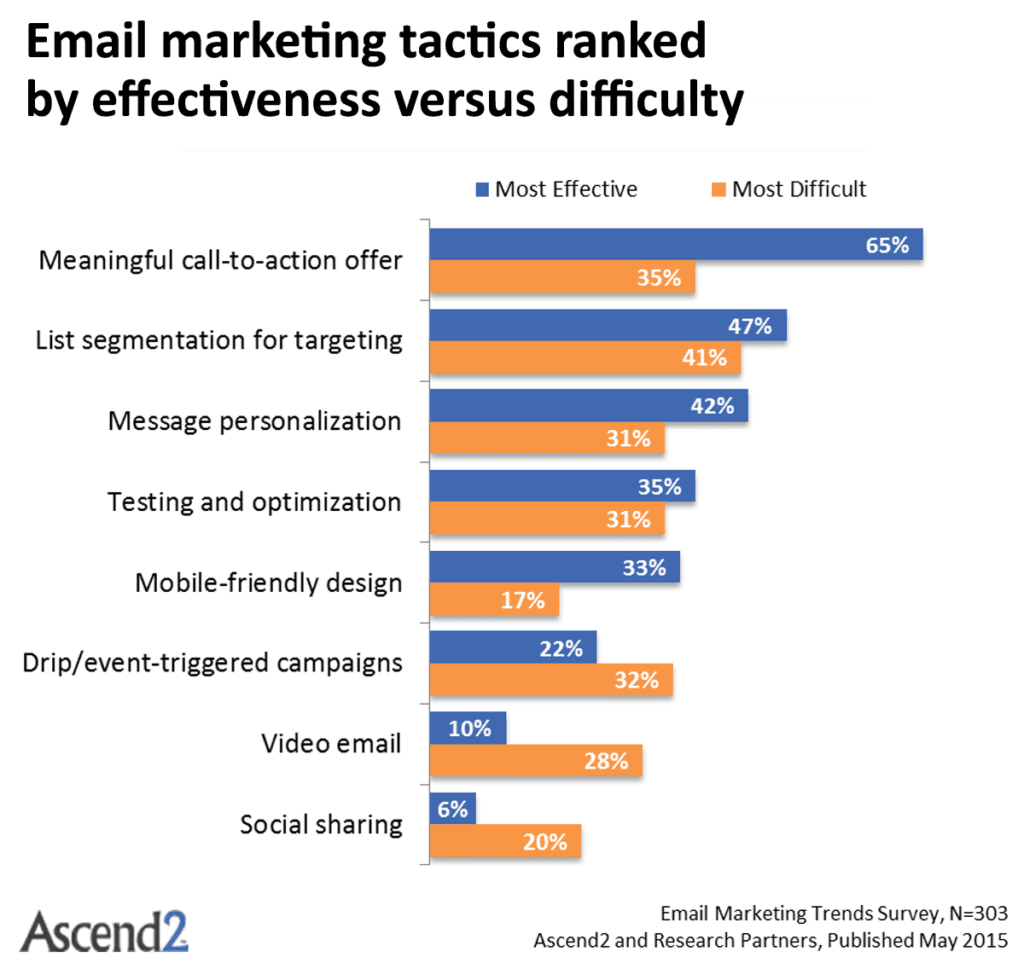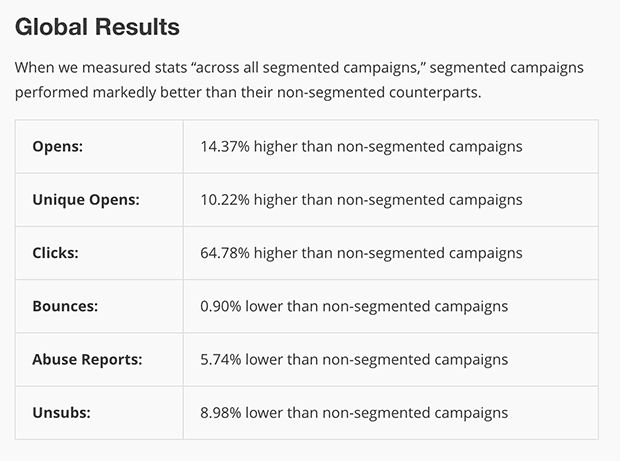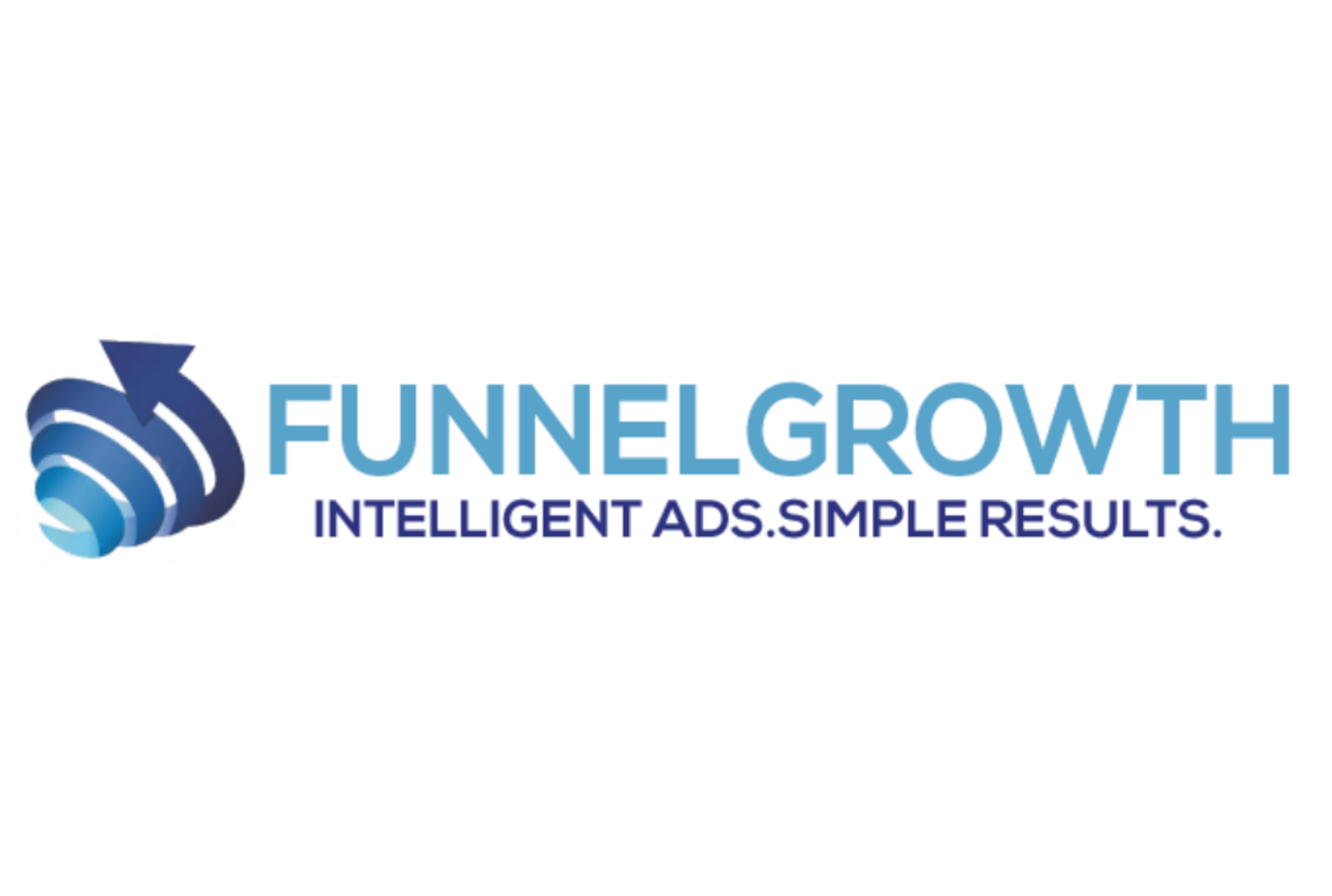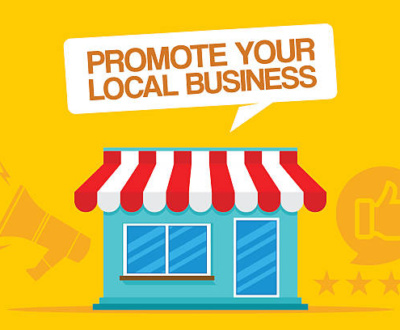The Importance of E-Mail List Segmentation And 30 Ideas To Get Started
- April 2, 2018
- Uncategorized
Like most people, you prefer to read emails that matter. If the content isn’t relevant, you (and everyone else) delete the email and move on.
But if the email speaks directly to you, addresses your problems, and speaks your language, you (and everyone else) will settle in for a closer look.
In 2013, Experian Marketing Services ran a study analyzing email marketing practices. They found that email personalization achieved conversion rates six times higher than un-personalized emails.
How do you make your emails super personal? With list segmentation. (Some tools refer to segmenting as “tagging.”)
Segmenting your list is when you assign subscribers to groups that tell you about their preferences and behavior. Some segments can be any size. Subscribers can sit in multiple groups at the same time.
Marketers surveyed by Ascend2 report that segmentation is the second most effective email marketing tactic. The only thing more effective is a meaningful call-to-action (which makes sense – how else will they take the action you intend?).

DMA found that 77% of email marketing ROI comes from segmented, targeted campaigns. If your segments are created well, each subscriber will receive value-packed content they find especially meaningful and they won’t be burdened by irrelevant content.
MailChimp found that their customers who use their segmentation feature see an overall 14.37% higher open rate, 64.78% higher click-through rate, and 8.98% lower unsubscribe rate.

How to Start Segmenting
First, define what’s important. Some data points are meaningless to your business, but others are essential. You might want to know their company size, but you don’t care how many children they have. The data points you choose should support your overall sales goals.
Next, set up the segmentation feature in your email marketing tool. Most popular email tools offer some variation of segmenting. They may be called “groups” or “tags.”
Finally, decide how and where you’ll capture segmentation data. This information can be gathered on forms, based on how the user interacts with your website/application, or how they engage with other emails.
Be careful not to overwhelm your subscribers with choices. For example, if you have a dozen demographic segmenting options, don’t include a question for every option on a form. No one wants to check a dozen boxes about themselves.
Ask questions that seem relevant at the time to build your data set. Today’s webinar sign up form may ask for their job title. Tomorrow’s eBook download may ask for their industry. The next day they might be manually tagged as “hot lead” by a salesperson. Over time you’ll build a robust profile for your users.
30 Ways to Segment Your Email List
Here is a fairly exhaustive list of ways you can segment your list. Don’t be afraid to experiment, try new ideas, and customize your segmentation procedure for your needs.
1. Title
Segmenting by title is a little tough because companies use their own title conventions. A Director at one company may do the same job as a Vice President at another company. Whether title works for you depends on your industry. If your list was filled with people in banking, you could reasonably group their titles.
2. Skill
Segmenting your subscribers by skill will help you help them achieve more value with your product. A beginner in your industry needs entry-level tips, whereas an experienced user can handle the tough stuff. The trick is to serve content that moves your subscriber through your business without overwhelming them.
3. Birthday
Segmenting by birthday doesn’t offer a ton of value, but it’s a nice thing to do for your subscribers to make them feel like you care about them. You could send them a special offer, but a coupon or discount as a birthday gift usually feels self-serving.
4. Seniority
Knowing the seniority of the subscriber will help your sales process. Generally speaking, employees with more seniority have more weight when it comes to making business decisions.
5. Buyer (Audience) Personas
Personas are handy ways to better understand your customer and solve their unique problems. If you have created personas for each type of customer, segment for them all.
6. Psychographics
Psychographics are information relating to your subscribers preferences, opinions, values, interests, attitudes, or lifestyles. Collect this data through forms or based on the types of content they click on. You might have tags like “cooking,” “socially conservative,” or “reality TV” to describe them.
Of course, you should only use tags that matter to your business. If there’s advantageous use of someone’s preference for reality TV, there’s no reason to segment them.
7. Business Industry
If you sell in multiple verticals, it’s useful to divide your list by industry (finance, healthcare, etc.). Naturally, people in different industries have different problems. Tailor your content so it resonates with them.
8. Website Activity
Collect data on your logged-in users as they surf your website. This allows you to serve highly-targeted content to their inbox. For instance, if the user regularly browses your “cybersecurity” blog category, send them related articles. If they browse your knowledge base too long, send an automatic “How can we help?” email.
Similarly, target inactive users. Dropbox sends you an email if you sign up for their service but fail to install the desktop application.
9. Business Type
How your subscribers do business is important as well. You might segment by industry (finance, healthcare, etc.), structure (franchise, nonprofit, etc.), or sales model (high-touch, B2C, etc.).
10. Affiliates
If you use affiliates to help sell your product or service, you’ll need a segmented list just for them so you can send them offers to sell on your behalf. You should also send customized sales advice to help them sell your product.
11. Referring Subscribers
You may offer deals for referring new business. These ambassadors are invested in your business, which makes them valuable. Send “thank you” gifts, special access to new products, and exclusive content.
12. Survey Responses
Keep anyone who responded to a survey as part of their own segment. These people have proven their willingness to participate with your brand. You can solicit more feedback at another point.
13. Membership
This one goes without saying. If some of your subscribers are paying for a membership to your website, they should be segmented so you can send them relevant information. You should also set automatic reminders so they know when their membership is about to expire.
14. Webinar Attendees
Generally, webinar attendees are your warmest leads. Those people have given their time on your schedule, so it’s safe to assume they’re interested. Segment them from your main list so you can re-engage them about the webinar (“Hey, since you attended my webinar I thought you would like to see this…”) and serve specialty content.
Pro tip: Take snapshots of your webinar attendance at different points during your presentation. Give the people who made it to the end a special treat.
15. VIP Status
Sometimes it can be useful to send specialty content to list subscribers that engage with your emails most often. The exclusivity can inspire more conversions that you would get otherwise.
16. Gender
If you sell products suited for each gender, it can help to segment your lists for men and women. Admittedly, this doesn’t help B2B sales much. You may be able to adjust your copy depending on the likely problems of either gender.
For instance, if you learned that your male customers are only concerned with buying your product because it’s easy and hands-off, you could craft your emails to address it.
17. Age
Segmenting by age can be useful if you don’t have much more information. It allows you to make generalizations about the user’s preferences. Use it to make generational assumptions, like musical preferences, clothing styles, and common phrases.
18. Income
Segmenting by income helps you sell to people who can afford your product. For instance, you wouldn’t sell your $10,000/month service to a business that brings in $5,000/month. But you might want to offer your $1500/month tier.
19. New Subscribers
New subscribers need special attention because they haven’t received much value from your emails yet. Hit them with a welcome email that reminds them what they’ll get and where they go right now for your best content. Ideally, you should have a welcome series that quickly “warms up” the subscriber before they start receiving your regular content.
20. Location
If any part of your business is location-dependent, segment subscribers by location so you can let them know about upcoming local events.
21. Email Preferences
Allowing your subscribers to set their preferences is a sure way to prevent unsubscribes. Give your fans options as to how often they’ll receive emails and what types of emails they’ll receive.
22. Open Rate
Subscribers who open your emails often are more engaged with your brand. Use their willingness to read your content by sending them special emails. You might give them a sneak peek at your new website or invite them to a beta program.
23. Lead Magnet
Naturally, you’ll need subscribers who requested a lead magnet (email course, PDF, eBook, etc.) segmented so you can send them the resource. Maintain tags/segments for each lead magnet. Subscribers who have requested multiple lead magnets can be considered warm leads.
24. Abandoned Form/Cart
If your subscriber submits his or her email address but doesn’t complete the form or leaves with items in his or her shopping cart, send an email as a reminder and one more attempt to grab the sale.
25. Service Level
You can make assumptions based on how much a member is currently paying. For instance, someone who is paying $10,000/month for your SaaS is far more invested than someone paying $50/month. You might send special content to the higher paying customer (a thank you gift, maybe?) and up-sell/cross-sell emails to the lower paying customer.
27. Satisfaction Level
Some companies measure customer satisfaction with a metric like the Net Promoter Score. Adjust your content depending on the subscriber’s score. A high scorer would be willing to share your content. A low scorer still needs evidence of your value.
28. Sales Funnel
Identifying where in the sales funnel each subscriber sits can help your marketing and sales teams target the potential customers who are most likely to buy.
29. Call-to-Action Clicks
Your emails should all close with a strong call-to-action. Segment your users by their CTA preferences. Some might respond better to CTAs that mention a discount. Others might prefer CTAs that lead to written content, or video content, or webinars.
30. Customer Value
This is a tough segment to create, but it’s enormously valuable. If possible, separate your customers into groups based on their income potential. You can do this by segmenting subscribers who already belong to other segments.
For example, you might say that a subscriber who belongs to all of these segments…
- Title: Director
- Title: Product Manager
- Seniority: 6+ years
- Interest: Technology
- Referring Subscriber
- Webinar Attendee
…would offer a lot of value to your company. They might receive exclusive content that’s packed with unmistakable value.
The Next Step
Your job isn’t finished once you’ve segmented your subscribers. The next step is to create content that speaks to them. Look at each group carefully.
What do they want delivered to their inbox? Blog posts? Whitepapers? Do they want tips to use your product, or links to outside industry content? If your subscribers are segmented properly, you’ll begin to send real value.
This is author biographical info, that can be used to tell more about you, your iterests, background and experience. You can change it on Admin > Users > Your Profile > Biographical Info page."
About FunnelGrowth
We are a digital marketing company with a focus on helping our customers achieve increase their sales across all online channels.
Request a free quote
Is your company's marketing not getting the results you need or you need help executing a new campaign? Contact us to schedule a FREE 30 minute strategy session.
Recent Posts
- The Importance Of Good Web Hosting September 17, 2019
- Why You Need Google Reviews For Your Local Business September 3, 2019
- Making A Content Strategy For Your Business August 20, 2019

